Nilupak – Cassava-Coconut Rice Cakes
As an Amazon Associate and member of other affiliate programs, I earn from qualifying purchases.
How do Filipinos in America celebrate Thanksgiving? We celebrate with food and our own delicacies, sometimes like this Nilupak – Cassava and Coconut Rice Cakes. We embrace the holiday, roast a turkey, and make sides to go with it. We cook huge platters of Filipino food and serve it with the rest of the entrees. There’s also an unending dessert table filled with both Filipino and American sweets. I have cooked turkey for us at home, but in the past, we joined our extended families, traveling far to be together.
If we got invited to our Filipino relatives I always asked the hosts what they’d like me to bring. Often, I bring desserts. They can either be American-influenced desserts or else Filipino sweet treats. It is at this time of the year during the holidays when ‘kakanins’ (rice cakes with coconuts) are cooked and enjoyed in the Philippines. One of the kakanins I remember from my childhood was ‘nilupak’, a delicacy made with camoteng kahoy (cassava), coconut, and sugar.
Nilupak (say “knee-looh-pak”) comes from the word ‘lupak’, a Pilipino term which means ‘to pound’. Traditionally, this snack or dessert is made by pounding boiled cassava to a pulp, using a large mortar and pestle. In the Philippines, cassava, a tuber, was harvested as a crop or purchased from the local markets, boiled, peeled then pounded. It was then mixed with creamy fresh coconut milk, grated fresh coconut meat, sugar to sweeten and shaped into rounded molds or simply placed in a bilao (large, round woven basket) lined with banana leaves. There are different variations of nilupak, depending on the province or region. Some varieties mix in boiled saging saba (plantains).
Cassava is called kamoteng kahoy in Pilipino, or kamoteng dutung in Kapampangan (in Pampanga and Tarlac). Here in America, I’ve heard cassava referred to as yuca in Spanish. If I find fresh cassava in the Asian markets, they are large, heavy tubers which look like yams, measuring about 6 to 8 inches in length, and about 2 to 3 inches in width. The skin is coarse, rough and brown-colored. Inside, the flesh is thick and light cream colored. One needs a heavy, sharp knife or heavy-duty utensils to grate the cassava into thin shreds needed for this recipe.
In suburban America where I live, I rarely find fresh cassava as I just described. So, if I want to cook my favorite kakanins, I go to the Asian market and buy frozen grated cassava, the next best thing.
Making nilupak was like going back in time for me. I remembered the simplicity of the basic ingredients and the procedure of pounding, a task meant to be shared by everyone in the household was a tradition. Serving the nilupak later to visiting family or friends was a symbol of abundance shared. And always, a bountiful harvest of camoteng kahoy and other crops was followed by starting the meal with saying grace.
Gratitude has always been part of any Filipino meal. Sure, Filipinos in America relish Thanksgiving. But often, it is innate in our lives and our souls, to be grateful for the blessing of a delicious meal, every single day.
A bountiful and blessed Thanksgiving to all of you, my dear friends!
Nilupak - Cassava-Coconut Rice Cakes
Ingredients
- 1/2 cup coconut oil (or melted butter) for pre-greasing muffin molds
- 1 pound frozen grated cassava from Asian or Latin markets
- 1 cup frozen grated coconut divided, 1/2 to mix with cassava, the rest for topping
- 1 can (14 oz.) sweetened condensed milk
- 3/4 cup canned or fresh coconut milk
- 1 cup rice flour
- 1/4 teaspoon salt
Instructions
- Pre-grease individual muffin tins or tart molds, each measuring about 2-inches in diameter, with half a teaspoon each of melted butter or coconut oil.
- Thaw the frozen cassava at room temperature. (Do not thaw in microwave because it changes the outcome of the recipe).
- In a large mixing bowl, combine the grated cassava, half of the grated coconut meat, condensed milk, salt, coconut milk, rice flour. Blend ingredients well.
- Pour all the ingredients in a large saucepan.
- Over medium heat, stir the ingredients in the saucepan till they are thick. The mixture thickens in about 20 to 25 minutes cooking on the stovetop. Towards the middle of cooking, lower the heat to a slow simmer so the cassava-coconut mixture does not burn. Do not leave this unattended.
- When the cassava mixture coats the spoon, or leaves the sides of the saucepan, then it is thick enough. Pour this mixture into the individual pre-greased molds. Fill each muffin tin up to ¾ full. At this point, the consistency will be like a heavy, thick porridge. Cool the cooked nilupak on the counter till they are at room temperature.
- Cover the nilupak with plastic wrap or foil and refrigerate for at least 6 hours or overnight to firm up.
- When ready to serve, run a sharp knife around the rim of the nilupak and turn each mold over on a dessert plate. Garnish the top with shredded coconut meat. Serve chilled or at room temperature.
- Keep the nilupak refrigerated till ready to serve. This keeps in the refrigerator for 3 to 4 days.
- Copyright Notice: Hello, Friends! All the images and content on this blog are COPYRIGHT PROTECTED and owned by my media company Besa-Quirino LLC. This means BY LAW you are NOT allowed to copy, scrape, lift, frame, plagiarize or use my photos and recipe content I wrote, on your website,books, films, television shows or videos without my permission. If you want to republish this recipe or content on another website, video, news article,or media outlets mentioned above please ASK my permission, re-write it in your own words and simply link back to this blog to give proper attribution. It’s the legal thing to do. Thank you. Email me at [email protected]
- Disclosure: As a participant in the Amazon Affiliate program, some blog posts contain links to products used in the recipe and sold on Amazon. The price stays the same for the readers who wish to purchase these products on my links. I earn a small commission from Amazon which helps maintain the blog expenses. Thanks in advance for your support.
Nutrition
Notes on Nutrition: The nutrition information provided is an estimate and will vary based on cooking methods and specific brands of ingredients used.
Did you like this recipe?I have more Filipino Instant Pot recipes in my newest cookbook Instant Filipino Recipes: My Mother’s Traditional Philippine Cooking in A Multicooker Pot by Elizabeth Ann Besa-Quirino. I also have more classic recipes inspired by my mother’s cooking in my popular cookbook: My Mother’s Philippine Recipes. If you’re learning how to cook Filipino food or a fan of Philippine cuisine, buy my cookbooks and books on Amazon.com sold worldwide in paperback and Kindle format.
Copyright Notice: Hello, Friends! Please DO NOT LIFT OR PLAGIARIZE my original recipe, stories, photos or videos. All the images and content on this blog are COPYRIGHT PROTECTED and owned by my media company Besa-Quirino LLC. This means BY LAW you are NOT allowed to copy, scrape, lift, frame, plagiarize or use my photos, essays, stories and recipe content on your websites, books, films, television shows, videos, without my permission. If you wish to republish this recipe or content on media outlets mentioned above, please ASK MY PERMISSION, or re-write it in your own words and link back to my blog AsianInAmericaMag.com to give proper attribution. It is the legal thing to do. Thank you. Email me at [email protected]

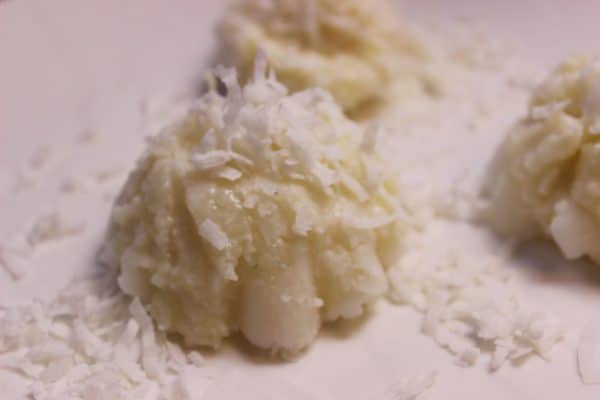
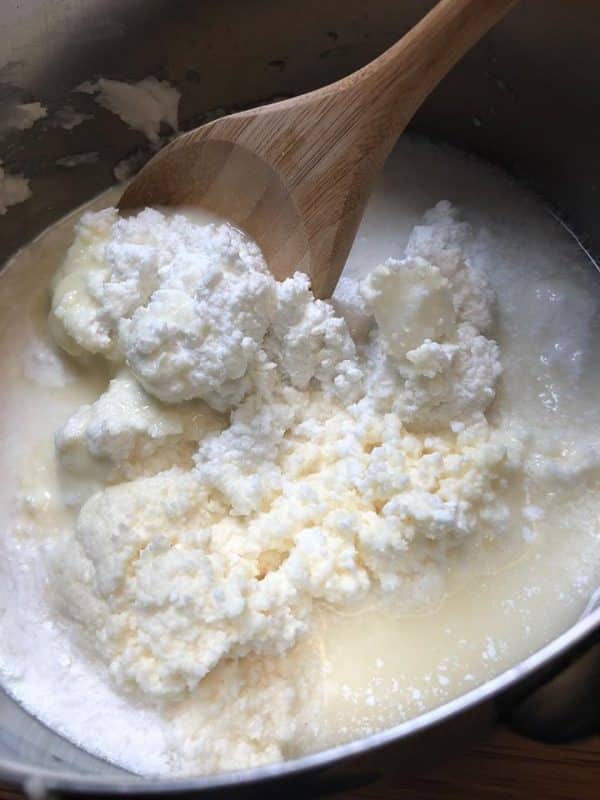
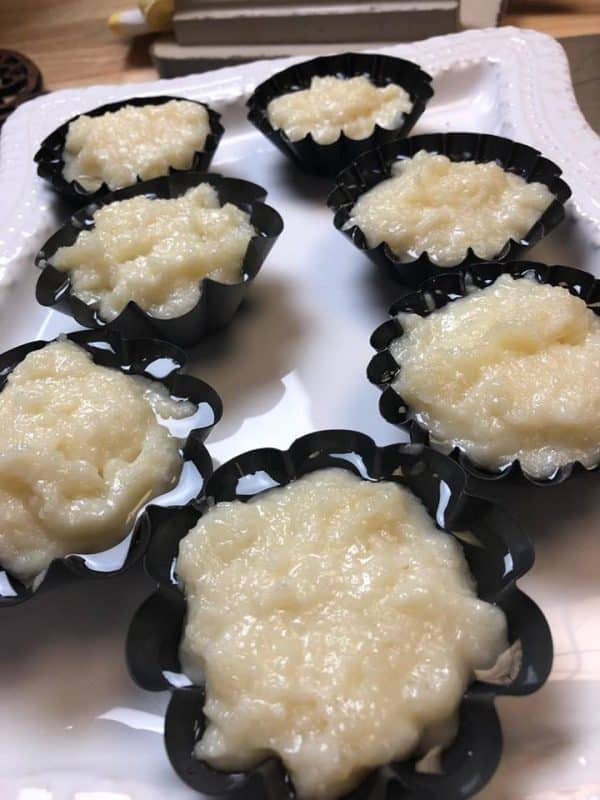
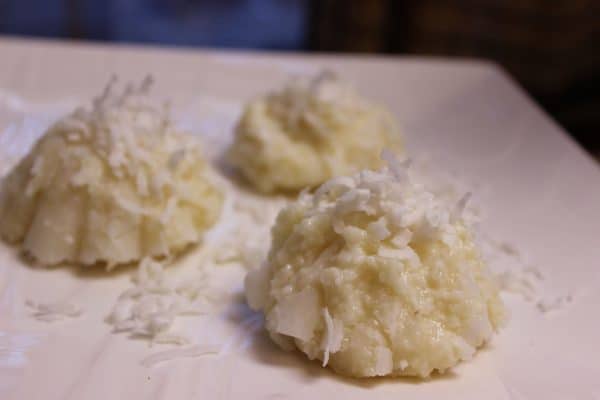
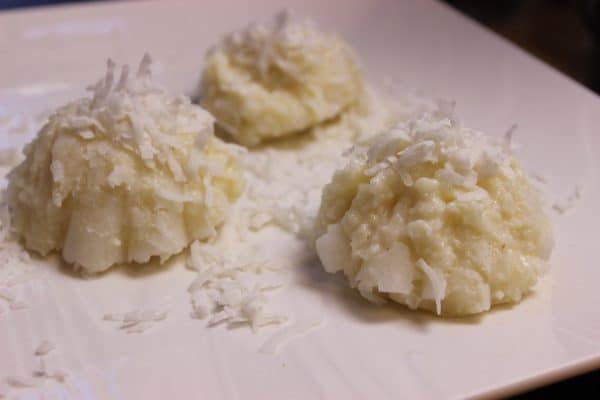
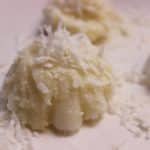
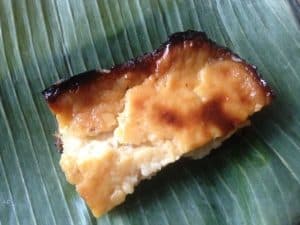

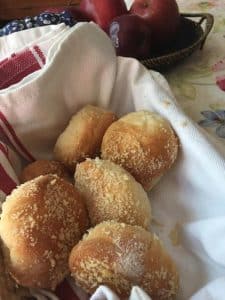
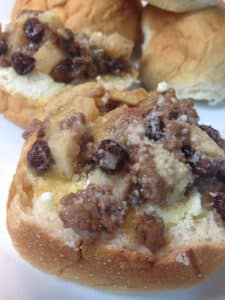

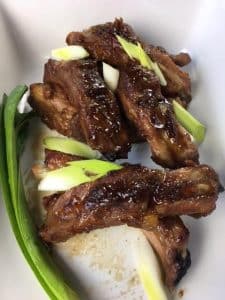
This sounds amazing! Do you use regular white rice flour, or the sweet white rice flour?